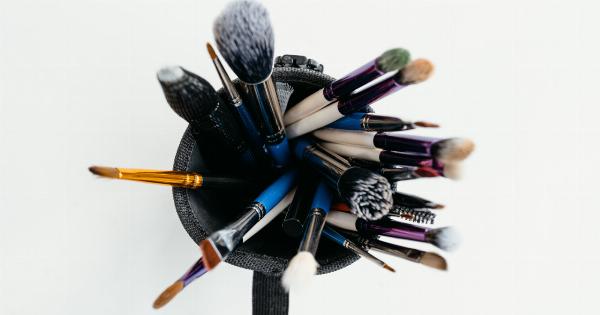Having glowing and youthful-looking skin is a desire that many people have. From using various skincare products to following elaborate beauty routines, people are constantly seeking ways to achieve that radiant complexion.
While there are numerous options available, one of the secrets to achieving glowing skin lies in the use of fibroblasts – a key player in maintaining skin’s youthful appearance.
What are Fibroblasts?
Fibroblasts are a type of cell found in the connective tissue of our bodies, including the skin. They are responsible for producing collagen, elastin, and other important proteins that contribute to the structure and health of our skin.
These proteins give the skin its strength, elasticity, and suppleness.
The Role of Fibroblasts in Skin Aging
As we age, the production of collagen and elastin by fibroblasts decreases. This leads to the appearance of fine lines, wrinkles, sagging skin, and a loss of overall skin firmness.
Factors such as sun exposure, smoking, and a poor diet can also accelerate this process.
Fibroblasts and Glowing Skin
When fibroblasts are stimulated and functioning optimally, they can significantly contribute to achieving glowing skin. Here are some ways in which fibroblasts play a crucial role in attaining a youthful and radiant complexion:.
1. Collagen Production
Fibroblasts are primarily responsible for producing collagen, which is a key protein for maintaining the skin’s structural integrity. Collagen gives the skin its firmness and helps to prevent sagging.
2. Elastin Production
Fibroblasts also produce elastin, a protein that allows the skin to stretch and bounce back. Elastin helps to maintain the skin’s elasticity and suppleness, giving it a youthful appearance.
3. Hyaluronic Acid Synthesis
Fibroblasts play a role in synthesizing hyaluronic acid, a molecule known for its ability to retain moisture in the skin. Adequate hyaluronic acid levels contribute to well-hydrated and plump-looking skin.
4. Wound Healing
Fibroblasts are essential for wound healing. They migrate to the site of injury and produce new collagen fibers, helping to repair damaged skin and maintain its integrity.
5. Skin Regeneration
Fibroblasts play a crucial role in skin regeneration by promoting the growth of new skin cells. They are responsible for replacing old and damaged cells, resulting in a rejuvenated appearance.
Methods to Stimulate Fibroblasts
Now that we understand the importance of fibroblasts in achieving glowing skin, let’s explore some ways to stimulate their function:.
1. Topical Skincare Products
Using skincare products that contain ingredients known to stimulate fibroblasts can be beneficial. Look for ingredients such as retinol, vitamin C, peptides, and growth factors.
2. Microneedling
Microneedling is a treatment that involves creating tiny punctures in the skin using a device with fine needles. This stimulates the production of collagen and activates fibroblasts, leading to improved skin texture and radiance.
3. Laser and Light Therapies
Certain laser and light therapies can penetrate the deeper layers of the skin and trigger fibroblast activity. These treatments help to tighten the skin, reduce wrinkles, and promote collagen production.
4. Healthy Lifestyle Habits
Eating a balanced diet, hydrating properly, getting enough sleep, and protecting your skin from sun damage can all contribute to maintaining optimal fibroblast function and achieving healthy and glowing skin.
Conclusion
Fibroblasts are a vital component in maintaining youthful and glowing skin. By understanding their role in collagen and elastin production, hyaluronic acid synthesis, wound healing, and skin regeneration, we can take steps to stimulate their function.
Incorporating skincare products, undergoing treatments like microneedling and laser therapies, and adopting a healthy lifestyle can all contribute to harnessing the power of fibroblasts and achieving the youthful and radiant complexion we desire.































